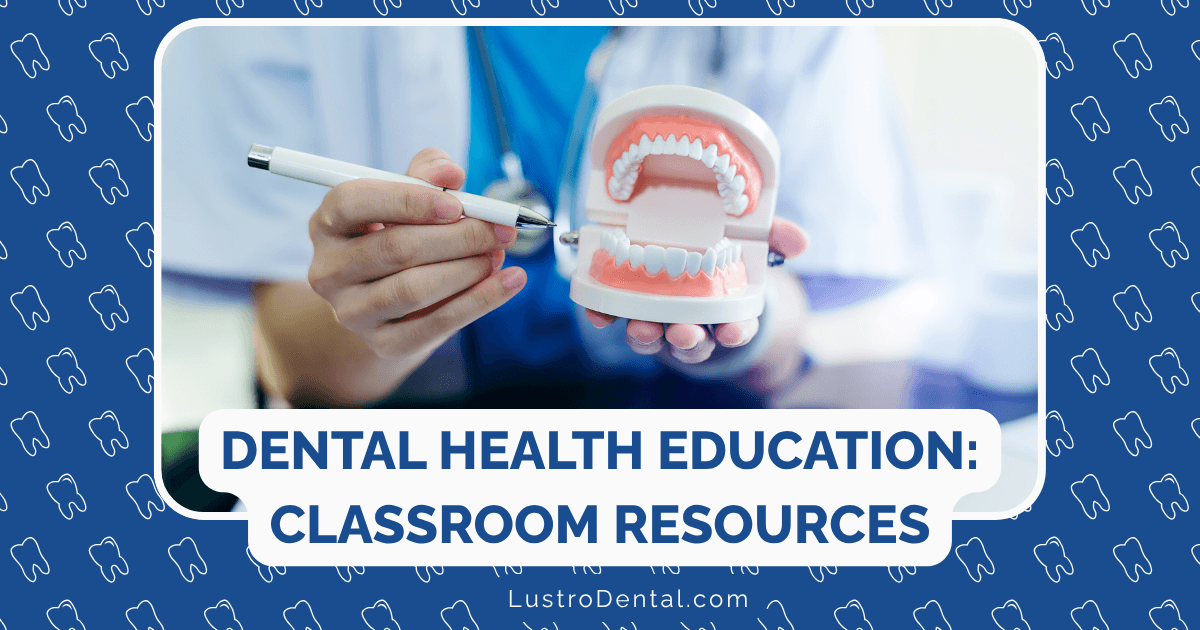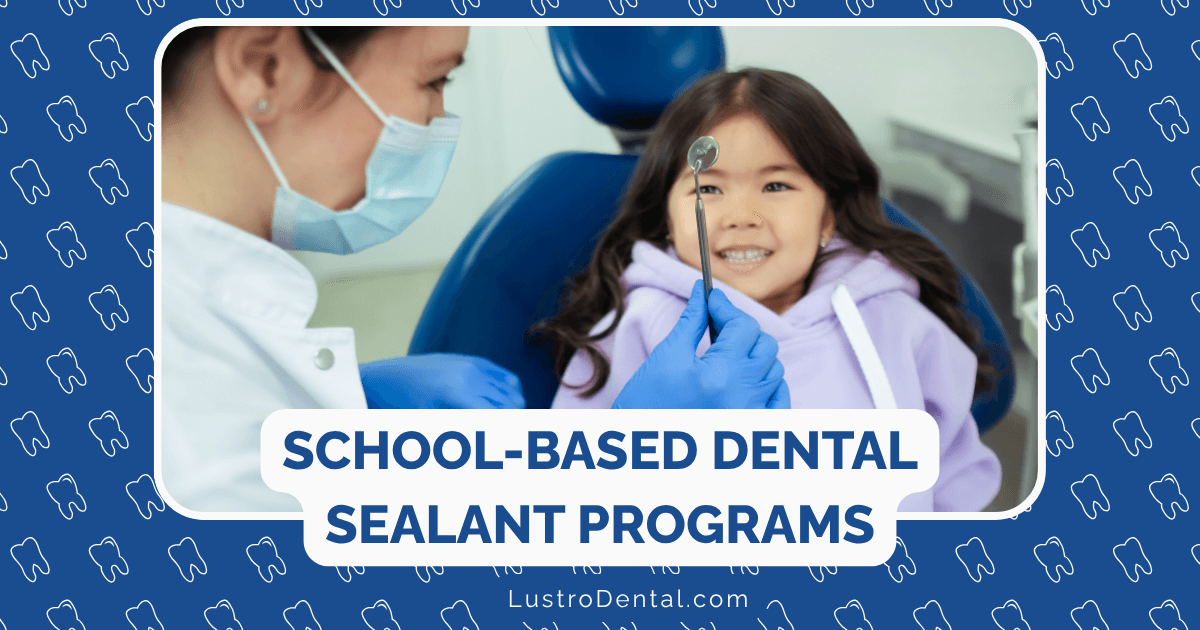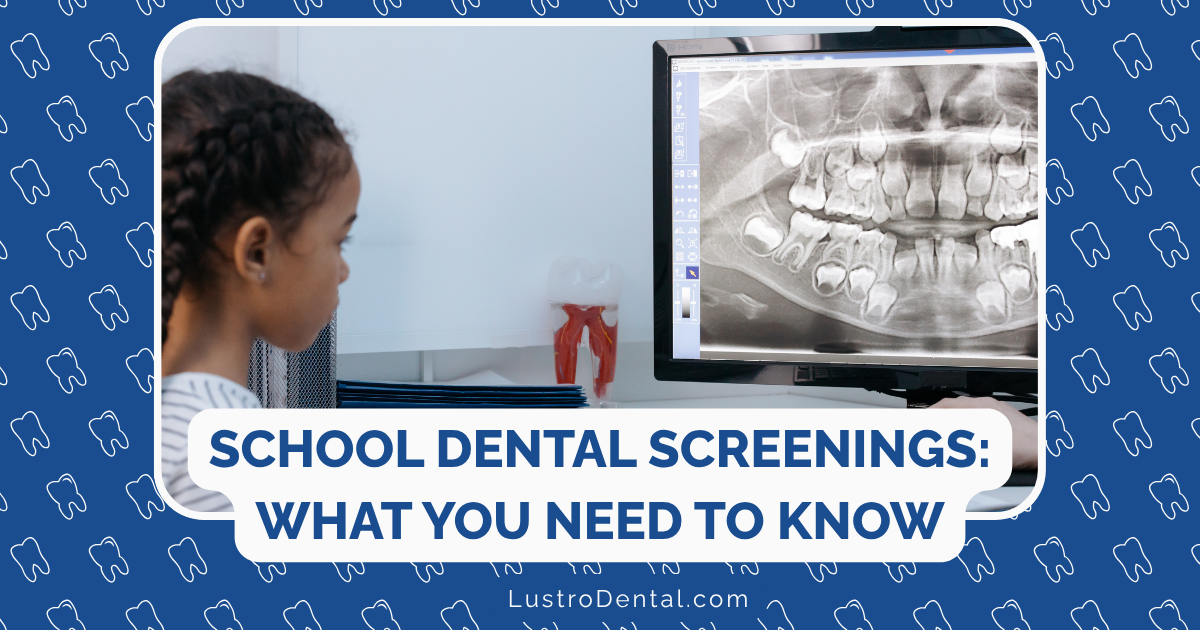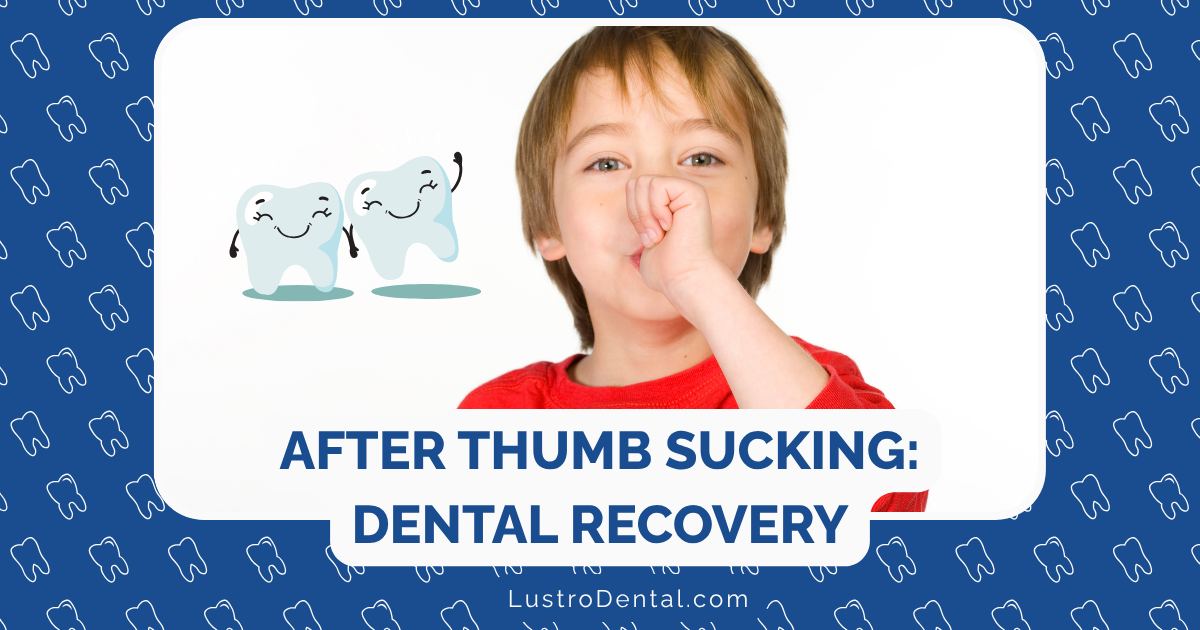Pulp Therapy for Primary Teeth: When It’s Necessary and What to Expect
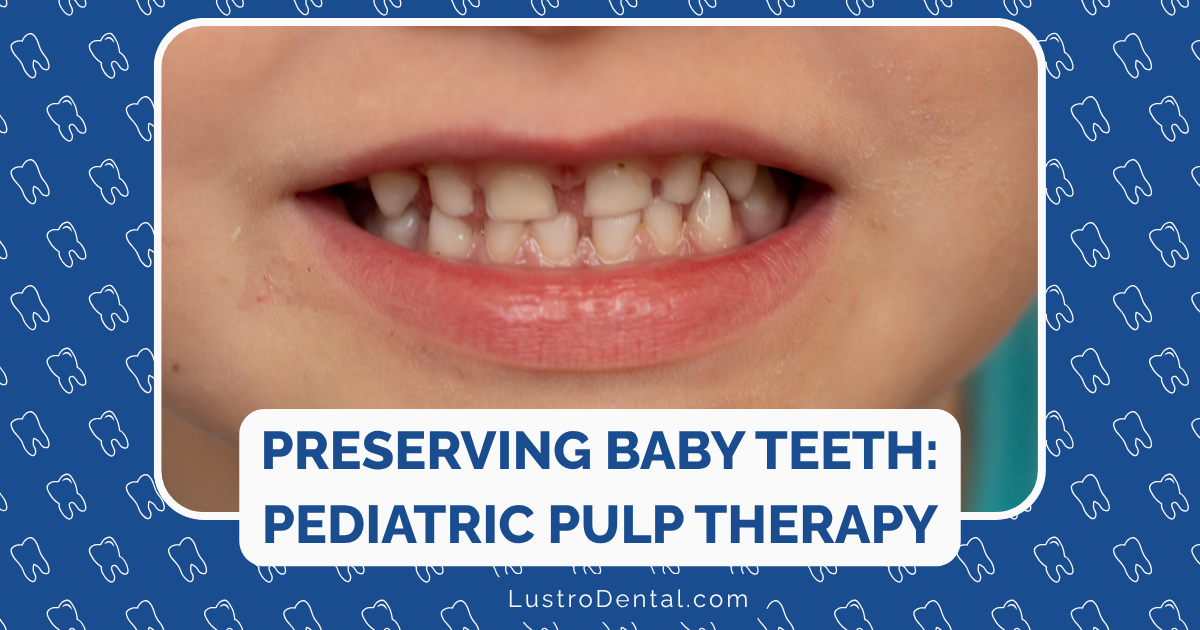
As a parent, hearing that your child needs any dental procedure beyond a routine cleaning can be concerning. When a dentist recommends pulp therapy for your child’s baby tooth, you might wonder if it’s really necessary. After all, aren’t those teeth going to fall out eventually?
Having guided many families through this decision, I can assure you that this question is completely natural. Understanding what pulp therapy is, why it might be recommended for primary teeth, and what to expect can help you make informed decisions about your child’s dental health.
What Is Dental Pulp and Pulp Therapy?
Let’s start with the basics. Inside each tooth—whether baby or permanent—is a soft tissue called pulp. This pulp contains nerves, blood vessels, and connective tissue that nourish the tooth and keep it vital. Think of it as the living core of the tooth.
Pulp therapy (sometimes called a “baby root canal”) is a dental procedure designed to treat, restore, and save a primary tooth that has extensive decay or infection in the pulp. The goal is to maintain the integrity and health of the tooth until it naturally falls out and is replaced by a permanent tooth.
Dr. Sarah Johnson, a pediatric dentist at Children’s Dental Health Associates, explains: “Pulp therapy for primary teeth serves a critical purpose—it allows us to save a tooth that would otherwise need to be extracted, maintaining the space and function until the permanent tooth is ready to emerge.”
Why Save Baby Teeth? Aren’t They Just Temporary?
This is perhaps the most common question parents ask. If these teeth will eventually fall out anyway, why go through a procedure to save them?
The truth is that primary teeth serve several crucial functions:
1. Space Maintenance
Baby teeth hold space for permanent teeth. If a primary tooth is lost too early, adjacent teeth can shift into the empty space, potentially causing alignment problems when permanent teeth try to emerge.
2. Proper Chewing and Nutrition
Healthy teeth allow children to chew properly, which is essential for good nutrition and overall health.
3. Speech Development
Primary teeth play a vital role in speech development. Missing front teeth can affect a child’s ability to form certain sounds correctly.
4. Self-Esteem
Visible missing or damaged teeth can affect a child’s self-confidence and social interactions.
5. Prevention of Infection Spread
Untreated infections in baby teeth can spread to developing permanent teeth below them or even to other parts of the body.
Dr. Michael Chen, pediatric dentist at American Academy of Pediatric Dentistry, notes: “We now understand that primary teeth are far more than just placeholders. They’re essential for a child’s development in multiple ways, which is why preserving them whenever possible is the standard of care in modern pediatric dentistry.”
Signs Your Child Might Need Pulp Therapy
How do you know if your child might need pulp therapy? Here are common indicators:
1. Persistent Tooth Pain
If your child complains of spontaneous tooth pain or pain that wakes them at night, this could indicate pulp involvement.
2. Sensitivity to Temperature
Unusual sensitivity to hot or cold foods and drinks that lingers after the stimulus is removed may suggest pulp inflammation.
3. Swelling or Abscess
Swelling around a tooth or gums, or the presence of a “gum boil” (a small pimple-like bump on the gums), often indicates infection that has spread from the pulp.
4. Tooth Discoloration
A tooth that has turned grayish or yellowish compared to surrounding teeth may have damaged pulp.
5. Pain with Pressure
If your child experiences pain when chewing or when pressure is applied to a specific tooth, this could indicate pulp problems.
It’s important to note that some children may not report symptoms even when there is significant pulp involvement. This is why regular dental check-ups are crucial for catching problems early.
Types of Pulp Therapy for Primary Teeth
There are several approaches to pulp therapy for baby teeth, depending on the extent of pulp involvement:
1. Indirect Pulp Treatment
When decay is deep but hasn’t yet reached the pulp, the dentist may remove most of the decay and place a protective material over the remaining thin layer of dentin to prevent pulp exposure. This is the most conservative approach.
2. Direct Pulp Capping
If there’s a very small exposure of the pulp during decay removal, the dentist might place a medicament directly on the exposed area to promote healing and formation of reparative dentin.
3. Pulpotomy
This is the most common type of pulp therapy for primary teeth. It’s performed when decay or trauma has affected the crown portion of the pulp but the root pulp remains healthy.
During a pulpotomy:
- The infected pulp tissue in the crown of the tooth is removed
- A medicament is placed to preserve the remaining healthy pulp in the roots
- The tooth is typically restored with a stainless steel crown to provide strength and protection
4. Pulpectomy
When infection has spread throughout the pulp, including the root canals, a pulpectomy is performed:
- All pulp tissue is removed from both the crown and roots
- The canals are cleaned, shaped, and filled with a resorbable material
- The tooth is restored, usually with a stainless steel crown
A pulpectomy is essentially a complete root canal for a baby tooth, with the key difference being that the filling material must be resorbable to allow for normal shedding of the tooth later.
The Pulp Therapy Procedure: What to Expect
If your child needs pulp therapy, here’s what typically happens:
Before the Procedure
- Examination and Diagnosis: The dentist will examine your child’s tooth and take X-rays to determine the extent of damage and the appropriate treatment.
- Treatment Plan Discussion: The dentist will explain the recommended procedure, alternatives, and answer any questions you may have.
- Preparation: You’ll receive instructions about eating and drinking before the appointment, especially if sedation will be used.
During the Procedure
- Comfort Measures: Depending on your child’s age, anxiety level, and the complexity of the procedure, the dentist may use:
- Local anesthesia to numb the area
- Nitrous oxide (laughing gas) to help your child relax
- Oral sedation or other sedation methods for more anxious children
- Isolation: A rubber dam or other isolation method may be used to keep the treatment area clean and dry.
- Treatment: The dentist will perform the appropriate pulp therapy procedure as described above.
- Restoration: After the pulp treatment, the tooth will typically be restored with a stainless steel crown or a tooth-colored restoration, depending on the location and extent of damage.
The entire procedure usually takes 30-45 minutes per tooth, though this can vary based on the specific treatment and your child’s cooperation.
Dr. Lisa Williams, pediatric dentist at Pediatric Dental Association, reassures parents: “Most children tolerate pulp therapy surprisingly well. With today’s techniques for pain management and behavior guidance, we can make the experience much more comfortable than parents might expect.”
After the Procedure
- Recovery: If sedation was used, your child will be monitored until they’re ready to go home.
- Instructions: You’ll receive specific aftercare instructions, which typically include:
- Dietary restrictions (soft foods, avoiding chewing on the treated side)
- Pain management recommendations
- Oral hygiene guidance
- Follow-up: A follow-up appointment may be scheduled to ensure proper healing.
Recovery and What to Expect Afterward
Most children recover quickly from pulp therapy. Here’s what you might notice:
Immediate Aftermath
- Numbness: If local anesthesia was used, your child’s lip, cheek, and tongue may remain numb for 1-3 hours.
- Drowsiness: If sedation was used, your child may be sleepy or groggy.
First 24-48 Hours
- Mild Discomfort: Some sensitivity or mild pain is normal and can usually be managed with over-the-counter pain relievers like acetaminophen or ibuprofen.
- Eating Challenges: Your child may need to stick to soft foods for a day or two.
Longer Term
- Crown Adjustment: If a stainless steel crown was placed, it might feel slightly different to your child at first, but they typically adjust quickly.
- Normal Function: Within a few days, your child should be able to eat, speak, and function normally with the restored tooth.
Success Rates and Long-Term Outcomes
The good news is that pulp therapy for primary teeth has high success rates. According to research published in the Journal of Dentistry for Children, pulpotomies have success rates of 80-90% when properly performed.
Successful pulp therapy allows the primary tooth to remain functional until it’s naturally ready to exfoliate (fall out), at which point the filling material will resorb along with the roots of the baby tooth, making way for the permanent tooth.
When Is Extraction an Alternative?
While preserving primary teeth is preferable, there are situations where extraction might be recommended instead of pulp therapy:
- If the tooth is very close to its natural exfoliation time
- If the damage is too extensive for successful pulp therapy
- If there are signs of damage to the developing permanent tooth
- If the child has certain medical conditions that increase infection risk
If extraction is necessary, your dentist will discuss space maintenance options to prevent adjacent teeth from drifting into the empty space.
Preventing the Need for Pulp Therapy
Of course, the best approach is to prevent the need for pulp therapy altogether. Here are key preventive strategies:
- Regular Dental Check-ups: Starting at age 1 or within 6 months of the first tooth eruption
- Proper Oral Hygiene: Supervised brushing twice daily with fluoride toothpaste
- Healthy Diet: Limiting sugary foods and drinks
- Preventive Treatments: Fluoride treatments and dental sealants as recommended
- Prompt Attention to Decay: Addressing cavities early, before they reach the pulp
Making the Decision: Questions to Ask Your Dentist
If pulp therapy has been recommended for your child, consider asking these questions:
- Why is this procedure necessary for a tooth that will eventually fall out?
- What are the risks of not performing the treatment?
- What type of pulp therapy is being recommended and why?
- What are the alternatives to this treatment?
- What kind of pain management will be used?
- What is the expected recovery time?
- What is the success rate for this procedure?
- Will this affect the permanent tooth underneath?
Conclusion: A Worthwhile Investment in Your Child’s Oral Health
While pulp therapy for primary teeth might seem like a lot of effort for teeth that are temporary, the procedure represents an important investment in your child’s overall dental health and development.
By preserving baby teeth until they’re naturally ready to fall out, you’re helping ensure proper spacing for permanent teeth, maintaining your child’s ability to speak and eat comfortably, and preventing potential infection and pain.
With modern techniques and materials, pulp therapy can be performed comfortably and effectively, giving your child the best foundation for a lifetime of good oral health.
Has your child undergone pulp therapy for a primary tooth? What was your experience like? Share your thoughts or questions in the comments below.



